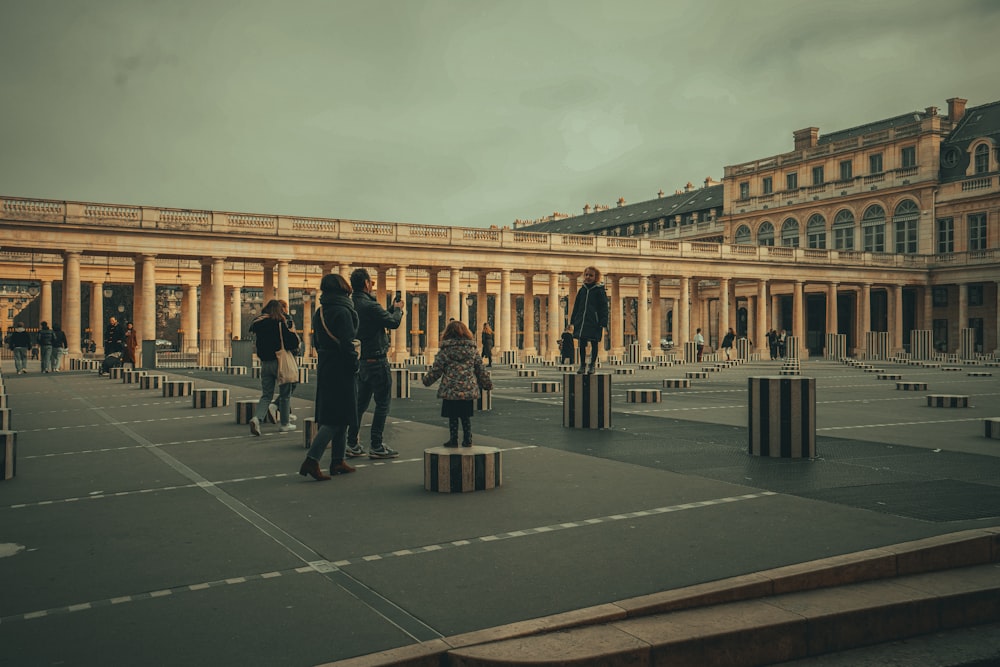
Exploring the Splendor of French Renaissance Architecture
Introduction:
French Renaissance architecture stands as a testament to the artistic and cultural flourishing of the Renaissance era. From grand châteaux to elegant townhouses, these architectural marvels reflect the splendor and sophistication of a bygone era.
A Renaissance Revival:
The French Renaissance marked a period of revival and renewal in art, literature, and architecture. Architects drew inspiration from classical Roman and Greek styles, incorporating elements such as columns, arches, and symmetrical designs into their creations. This revival of classical forms gave birth to a new era of architectural grandeur.
Majestic Châteaux:
One of the hallmarks of French Renaissance architecture is the majestic châteaux that dot the French countryside. These opulent residences, often surrounded by vast gardens and water features, served as symbols of wealth and power for the nobility. The Château de Chambord and Château de Chenonceau are iconic examples of this architectural style, showcasing intricate detailing and ornate facades.
Elegant Townhouses and Mansions:
In addition to châteaux, French Renaissance architecture is also evident in the design of elegant townhouses and mansions. These urban dwellings feature symmetrical facades, elaborate carvings, and sculptural elements that exude sophistication and refinement. The Hôtel de Ville in Paris and the Hôtel de Sully are prime examples of this architectural elegance.
Artistic Flourishes and Decorative Details:
French Renaissance architects were masters of incorporating artistic flourishes and decorative details into their designs. From intricately carved stone facades to elaborate ceiling frescoes and tapestries, every aspect of the architecture was a canvas for artistic expression. The use of classical motifs such as scrolls, volutes, and garlands added a sense of grandeur and opulence to the buildings.
Gardens and Landscapes:
The beauty of French Renaissance architecture extended beyond the buildings themselves to the surrounding gardens and landscapes. Landscape architects worked in tandem with architects to create harmonious outdoor spaces that complemented the architectural style. Formal gardens with geometric layouts, fountains, and sculpted hedges became integral parts of the overall design aesthetic.
Influence on Modern Architecture:
The legacy of French Renaissance architecture continues to influence modern architects and designers. Elements such as symmetry, proportion, and classical ornamentation are still prevalent in contemporary architectural designs, showcasing the enduring appeal and timeless beauty of this historic style.
Preservation and Restoration:
Efforts to preserve and restore French Renaissance buildings are ongoing, ensuring that these architectural treasures remain intact for future generations to admire and appreciate. Restoration projects aim to conserve the original craftsmanship and materials while adapting the buildings to modern standards of comfort and functionality.
Conclusion:
French Renaissance architecture stands as a testament to the ingenuity, artistry, and cultural richness of the Renaissance era. Its enduring legacy continues to inspire awe and admiration, making it a cherished part of France’s architectural heritage. Read more about french renaissance architecture
